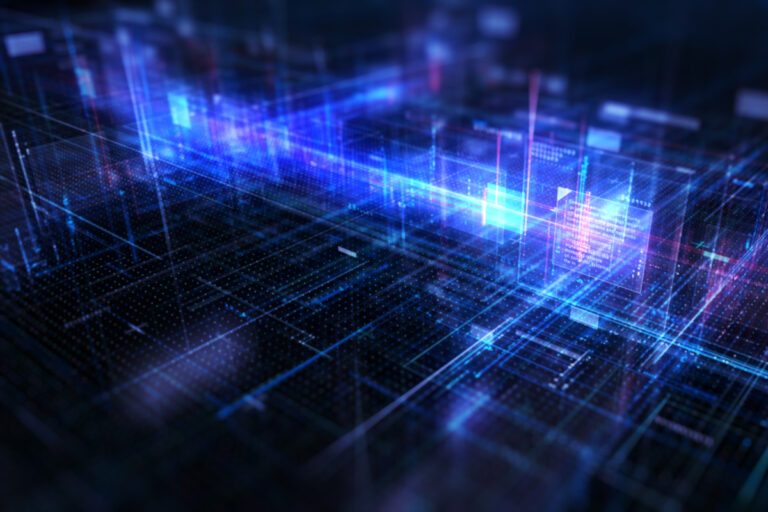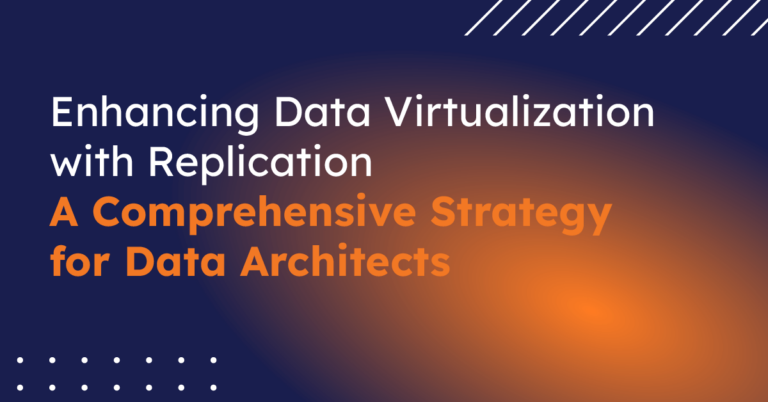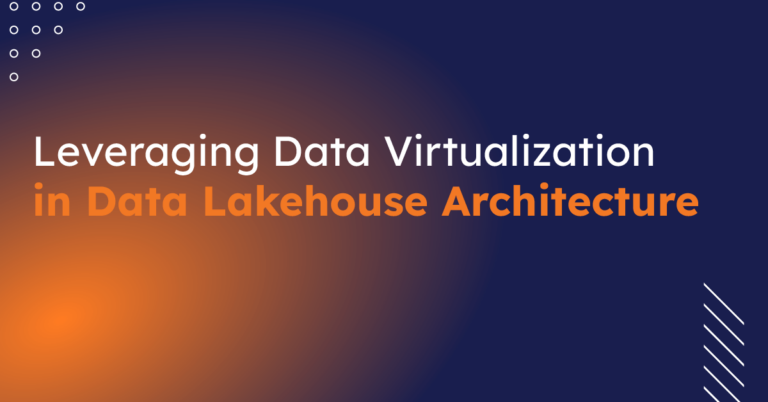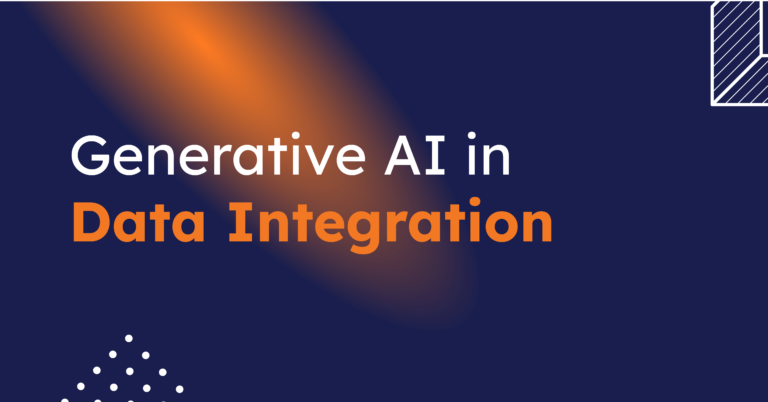
CData Software Acquires Data Virtuality to Modernize Data Virtualization for the Enterprise
Data Virtuality brings enterprise data virtualization capabilities to CData, delivering highly-performant access to live data at any scale.
Explore how you can use the Data Virtuality Platform in different scenarios.
Learn more about the Data Virtuality Platform or to make your work with Data Virtuality even more successful.
Insights on product updates, useful guides and further informative articles.
Find insightful webinars, whitepapers and ebooks in our resource library.
Stronger together. Learn more about our partner programs.
Read, watch and learn what our customers achieved with Data Virtuality.
In our documentation you will find everything to know about our products
Read the answers to frequently asked questions about Data Virtuality.
In this on-demand webinar, we look at how a modern data architecture can help data scientists to be faster and to work more efficiently.
Learn more about us as a company, our strong partner ecosystem and our career opportunities.
How we achieve data security and transparency
One of the predominant concerns expressed by enterprises considering data virtualization revolves around performance. Given its inherent nature of establishing real-time connections, such worries are entirely justifiable.
To address this, Data Virtuality Platform has integrated a three-level performance optimization mechanism, a step ahead of the commonly found two-level optimization in other data virtualization tools.
The three levels are:
In the following, we will delve deeper into the different layers and comprehend how they bolster performance.
All queries entering the Data Virtuality engine undergo transformations to enhance their performance using distributed query optimization. Here’s a breakdown of the primary processes involved:
Recognizing the constraints of scalability in data virtualization, especially with expansive datasets or a high number of users, Data Virtuality taps into caching to improve query performance. Caching significantly boosts performance for small datasets, yet its effectiveness for larger datasets diminishes rapidly, providing limited control over data loading and storage.
The distinctive part of Data Virtuality Platform’s optimization engine is data materialization with self-learning capabilities. It learns from the query behavior of data consumers and addresses performance issues by autonomously creating and managing the physical data structures of either:
Further, this self-learning recommendation optimization suggests indexes for the materialized tables. Once data is physically stored in the analytical storage, any slow-performing segments of a query are seamlessly redirected to this optimized data, eliminating the need for report rewriting.
To ensure the data in analytical storage remains updated, periodic materialization tasks are executed. Incremental materializations, which capture only the new or changed data, are also on offer, thereby reducing the amount of data to be materialized.
Data virtualization is a dynamic technology, and performance optimization is crucial for enterprises to leverage its full potential. The Data Virtuality Platform’s three-tiered approach to performance optimization ensures a comprehensive solution, addressing multiple aspects of the performance challenges. Whether you’re dealing with large datasets, numerous users, complex query structures, or slow databases and/or slow network, the platform’s materialization capabilities and optimization features are designed to maximize efficiency.
Experience the power and innovation of the Data Virtuality Platform firsthand – start your free trial today.
For more details on Performance Optimization in the Data Virtuality Platform you can check out the documentation.

Data Virtuality brings enterprise data virtualization capabilities to CData, delivering highly-performant access to live data at any scale.

Discover how integrating data warehouse automation with data virtualization can lead to better managed and optimized data workflows.

Discover how our ChatGPT powered SQL AI Assistant can help Data Virtuality users boost their performance when working with data.

While caching offers certain advantages, it’s not a one-size-fits-all solution. To comprehensively meet business requirements, combining data virtualization with replication is key.

Explore the potential of Data Virtuality’s connector for Databricks, enhancing your data lakehouse experience with flexible integration.

Generative AI is an exciting new technology which is helping to democratise and accelerate data management tasks including data engineering.
Leipzig
Katharinenstrasse 15 | 04109 | Germany
Munich
Trimburgstraße 2 | 81249 | Germany
San Francisco
2261 Market Street #4788 | CA 94114 | USA
Follow Us on Social Media
Our mission is to enable businesses to leverage the full potential of their data by providing a single source of truth platform to connect and manage all data.